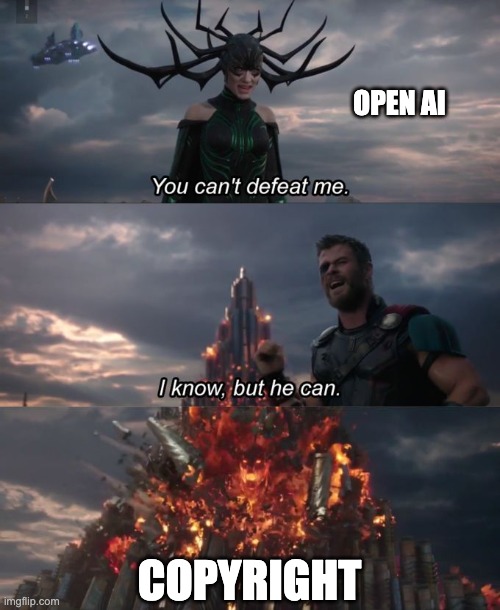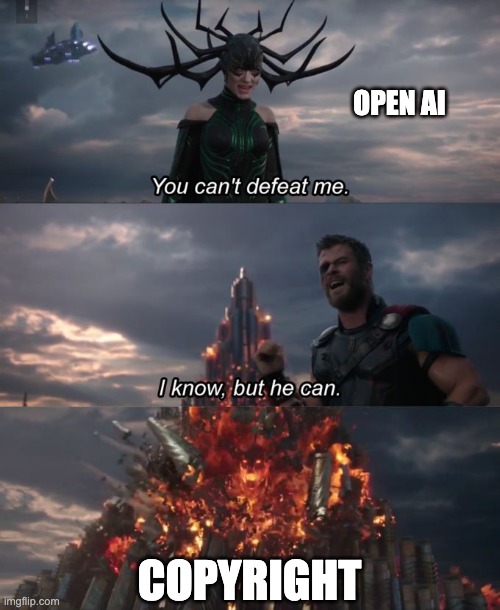Right now Big AI is attempting to destroy the entire industry of architecture, and it seems like everyone is embracing it. If openAI is successful in his lawsuit against copyright, you might as well kiss your (Long Term) architecture copyright protections goodbye and light your licenses on fire. Software that used to be an asset to you will all of a sudden be a moral grey area.
Revit’s Risk To Architecture Firms
Take Revit’s wall-joining behavior as an example:
The user places walls.
Revit automatically cleans up intersections, joins, and trims geometry.
This “cleanup” is invisible logic, not hand-authored geometry.
So under a broad AI definition, the output:
Was not directly authored by a human,
Was created through hidden algorithmic behavior,
And might be argued to be outside copyright protection.
That’s exactly the argument being made against LLMs.
So if OpenAI loses — procedural software is safe.
But if OpenAI wins — Revit drawings might be at risk.
Core Modeling Behaviors At Risk of Invalidating your Copyright
These are built into the way Revit handles model elements:
- Wall Joins & Cleanups
Automatically trims/intersects/join walls based on proximity and connection rules. - Automatic Room Bounding
Rooms calculate boundaries from walls, floors, and ceilings algorithmically. - Roofs by Footprint / Extrusion
Revit generates intersections, slopes, fascia extensions. - Floors & Ceilings
Boundary sketching with automatic fill and slope cleanup logic. - Join Geometry Tool
Procedural logic determines material priority, cleanup order, and shape merging. - Cut Geometry Tool
Subtractive logic that affects element intersections procedurally. - Automatic Dimensions (Temporary)
Revit guesses relevant constraints (e.g., alignments) and shows dimensions.
Family Behavior & Nesting At Risk of Invalidating your Copyright
Family behavior includes several procedural systems:
- Parametric Constraints
Geometry changes based on formulas or input values, not direct modeling. - Adaptive Components
Geometry adapts based on host surface or point placement — highly procedural. - Array / Repetition Tools in Families
Automatically repeat components based on spacing/number parameters. - Face-Based Families
Auto-align and shape components to curved or sloped surfaces. - Hosted Elements (doors, windows, etc.)
Their location, cutouts, and integration with host walls are all generated.
Annotation & Documentation Tools At Risk of Invalidating your Copyright
Not geometry, but also algorithmic:
- Tag Auto-Placement
Tags automatically position themselves and pull data from the model. - Schedules
Procedurally generate data tables based on filters and categories. - Material Takeoffs
Derive quantities from geometry, not manually entered values. - View Templates
Procedurally impose rules across views (e.g., visibility, scale, filters).
Stairs, Railings, and Ramp Tools At Risk of Invalidating your Copyright
These are heavily procedural, like hundreds of params procedural:
- Stair by Sketch / Stair by Component
Geometry is generated based on code rules: max riser height, min tread depth, etc. - Railing Systems
Posts, handrails, and rail segments are generated based on paths and rules. - Ramp Generation
Automatically adjusts slopes and landings based on constraints.
Site & Contextual Tools At Risk of Invalidating your Copyright
- Toposurface from Points
Procedurally generates mesh from point data — not hand-modeled. - Building Pads
Automatically cut into topography using a defined boundary. - Property Lines from Table
Generates geometry from legal metes and bounds input.
Constraint Systems & Behavior Tools At Risk of Invalidating your Copyright
- Dimension Locks
Locking triggers automatic adjustments to keep relationships stable. - Align Tool + Pinning
Forces geometry to shift procedurally to maintain alignment or anchoring. - Hosted Constraints (e.g., level constraints on windows)
Geometry moves with host level or surface.
100% of TestFit is at Risk of Invalidating your Copyright
Right now (Early 2025), the copyright to a Revit/ TestFit model or drawing belongs to the architect, as long as the final output shows evidence of human authorship. In TestFit we make for damn sure human authors have the capability of manually adjusting geometry to the modicum of input required by law. If the law suddenly changes we will have to decide if our future is with the Architects or the Patent trolls.
Manual Adjustments = Human Authorship
If the architect does things like:
- Override or edit wall joins manually
- Adjust geometry that was auto-generated (e.g., move, trim, split, override)
- Modify constraints, parameters, or family behaviors
- Customize tags, dimensions, or annotations
- Make design decisions visible in layout, materiality, or form
…then they are exercising creative control over the result — and that creative input is what copyright law protects.
Legal Principle: “Modicum of Creativity”
U.S. copyright law (via Feist v. Rural, 1991) only requires a modicum of creativity for copyright to attach. The bar is low — even a small design decision, layout choice, or non-standard configuration can qualify.
So even if Revit starts with procedural logic (like auto-joining walls), once the architect:
- Overrules,
- Modifies, or
- Intentionally designs around that logic,
…the work becomes human-authored, and the architect owns the copyright.
Why This Matters with AI
The debate around AI-generated content (e.g., ChatGPT or Midjourney) hinges on whether a human meaningfully contributed to the final output.
If an LLM or AI tool does everything, with no creative edits — courts may say: no copyright.
But with Revit, if an architect touches up or intentionally guides the output, it’s no longer just Autodesk’s procedural logic — it’s a hybrid work with clear human authorship.
The Risk
If courts ever rule that automated outputs with minimal human involvement are not copyrightable, then:
- Drawings that use only Revit’s defaults (e.g. fully auto-generated sections, no tweaks), or say something fully driven by the design automation API, or all of TestFit’s procedural codebase
➜ Might not qualify for protection.
But right now, any reasonable use of Revit that includes human judgment and revision is protected.
The Ask of Powers at Be
I am (always) disheartened to head over to the AIA website to hear about their top priorities. Here is their self-reported list: https://www.aia.org/aia-architect/article/7-key-issues-ballot-architects-and-aia-election-season
If I was the AIA, I would drop 100% of what I was doing and focus on how to defend Architecture from AI. The value of renderings are cheaper than the time/electricity they took to generate them. Please wake up–listen to people in their 30s and 40s. Take a stand. Make a position. Do something. Anything.

